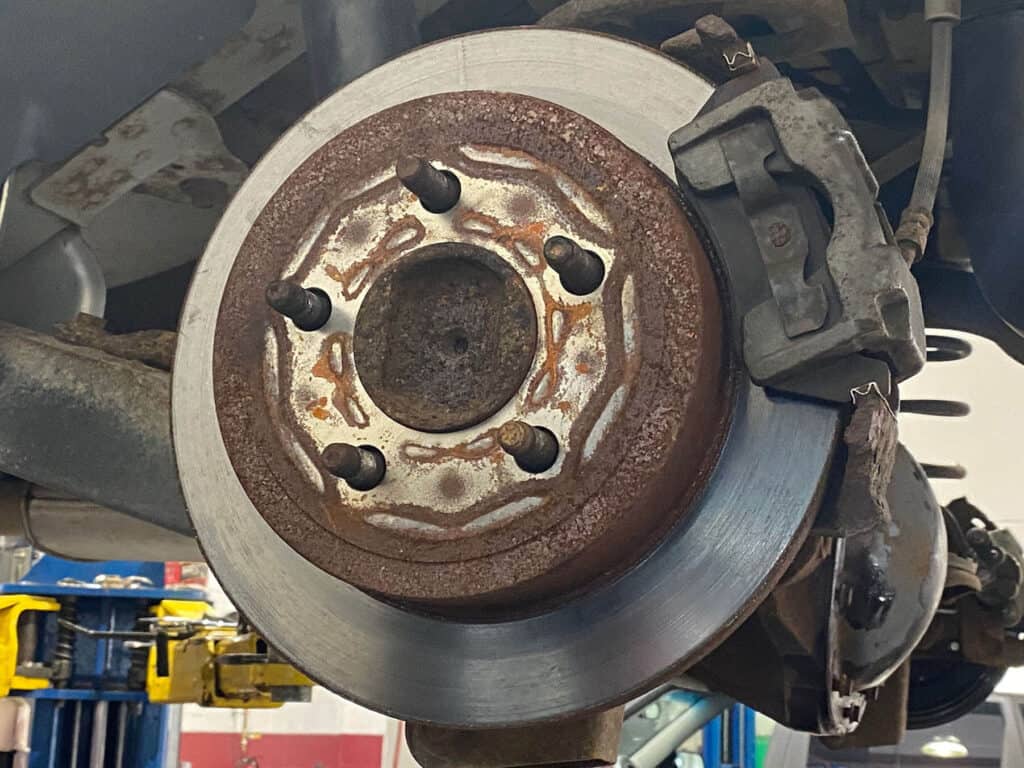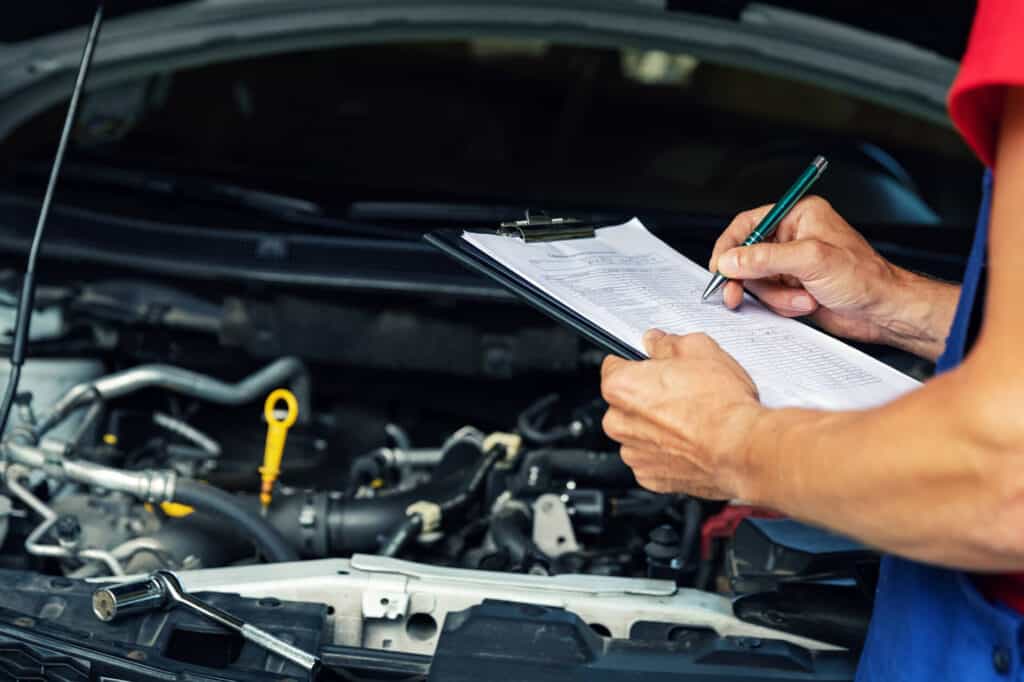Introduction: Understanding the Link Between Brake System Health and Maintenance Costs
The health of a fleet’s brake systems plays a crucial role in overall fleet vehicle performance and maintenance costs. Maintaining a well-functioning brake system ensures driver safety, reduces vehicle downtime, and enhances fuel efficiency, all of which contribute to lower maintenance costs. In this article, we’ll explore the connection between brake system health and fleet vehicle maintenance costs and discuss strategies for proactive brake system maintenance.
The Importance of Brake System Health in Fleet Vehicle Performance
Ensuring Driver Safety
A properly functioning brake system is critical for ensuring driver safety. Poorly maintained brake components can lead to decreased braking performance, putting drivers and others on the road at risk. By maintaining the health of your fleet’s brake systems, you can reduce the likelihood of accidents and ensure the safety of your drivers.
Reducing Vehicle Downtime
Vehicle downtime due to brake system issues can lead to significant losses in productivity and increased maintenance costs. By regularly inspecting and servicing your fleet’s brake systems, you can identify and address potential problems early, preventing costly downtime and keeping your fleet on the road.
Enhancing Fuel Efficiency
A well-maintained brake system can also contribute to improved fuel efficiency. Properly functioning brakes allow for smoother driving and more efficient use of fuel, reducing overall operating costs for your fleet.

The Impact of Brake System Issues on Maintenance Costs
Premature Brake Component Wear and Replacement
Neglected brake systems can lead to premature wear and the need for more frequent replacement of brake components. This not only increases the cost of parts but also the labor costs associated with frequent repairs.
Increased Labor Costs for Frequent Repairs
Poor brake system health can result in increased labor costs due to more frequent repairs. As brake components wear down or fail, additional time and resources must be spent on diagnosing and fixing the issues.
Potential Damage to Other Vehicle Systems
Neglected brake systems can also lead to damage to other vehicle systems, such as suspension and drivetrain components. This can result in even higher maintenance costs as these systems require repairs or replacements.
Proactive Brake System Maintenance: Identifying and Addressing Problems Early
Regular Brake Inspections
One of the most effective ways to maintain the health of your fleet’s brake systems is through regular brake inspections. By routinely inspecting brake components, you can identify signs of wear or damage and address them before they become costly problems.
Brake Pad and Rotor Wear Monitoring
Monitoring the wear of brake pads and rotors is essential for maintaining brake system health. By keeping track of wear patterns and replacing components as needed, you can extend the life of your fleet’s brake systems and save on maintenance costs.
Brake Fluid Checks and Changes
Regularly checking and changing brake fluid is another important aspect of proactive brake system maintenance. Old or contaminated brake fluid can negatively impact brake performance and contribute to premature wear of brake components.
Investing in High-Quality Brake Components for Long-Term Savings
The Benefits of Choosing Durable Brake Pads and Rotors
Investing in high-quality, durable brake pads and rotors can lead to long-term savings for your fleet. By choosing components that offer longer lifespans and better performance, you can reduce the frequency of replacements and repairs, ultimately lowering maintenance costs.
Assessing the Cost-Effectiveness of Different Brake Component Materials
When selecting brake components for your fleet, it’s essential to consider the cost-effectiveness of different materials. While some materials may be less expensive upfront, they may require more frequent replacements or repairs, leading to higher maintenance costs over time.
Driver Training and Awareness: Minimizing Brake Wear and Damage
Adopting Smooth Braking Techniques
Educating your drivers on the importance of smooth braking techniques can help minimize wear on brake components and extend their lifespan. By avoiding abrupt or aggressive braking, drivers can reduce the stress on brake systems, ultimately lowering maintenance costs.
Maintaining Safe Following Distances
Maintaining safe following distances is a critical aspect of reducing brake wear and damage in fleet vehicles. By encouraging drivers to leave more space between vehicles, they gain additional reaction time, which allows for gentler brake application and ultimately preserves brake components.
This practice not only helps in prolonging the life of brake systems but also contributes to overall fleet safety and efficiency. As a result, it can lead to decreased maintenance costs and a more effective fleet operation.

Proper Load Distribution and Vehicle Weight Management
Proper load distribution and vehicle weight management are essential for minimizing stress on brake systems. By ensuring that your fleet’s vehicles are not overloaded and that loads are distributed evenly, you can prevent excessive wear on brake components and maintain their overall health.
Fleet Brake Service Best Practices: Developing a Customized Maintenance Schedule
A customized maintenance schedule tailored to your fleet’s specific needs can help ensure the health of your brake systems. By taking into account factors such as vehicle types, driving conditions, and brake component materials, you can develop a maintenance plan that keeps your fleet’s brake systems in top condition and minimizes maintenance costs.
Conclusion
In conclusion, maintaining the health of your fleet’s brake systems is essential for optimizing vehicle performance, ensuring driver safety, and reducing maintenance costs. By adopting a proactive approach to brake system maintenance, investing in high-quality brake components, and providing driver training and awareness, you can maximize fleet efficiency and save on long-term maintenance costs.
